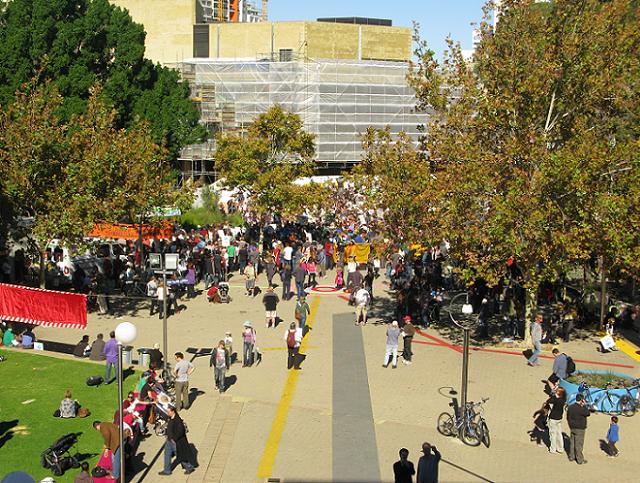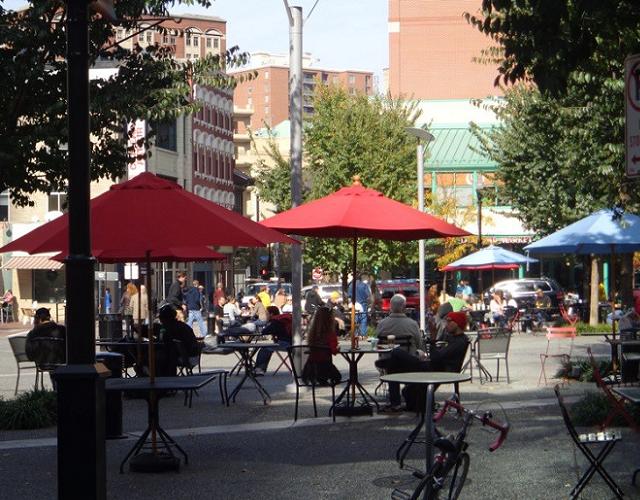To Make a Great Third Place, Get Out of the Way
For anyone working to create a great “third place” in their neighborhood, it is critical to remember that there will never be a time when the work is done. Real-world communities are incredibly dynamic, ever-changing things.
A public space cannot be finished any more than the city in which it resides can be. At their best, public spaces are the most tangible reflections of cities and neighborhoods and the people who make them special.
They are stages for public life, and should reflect the people who live, work, and play nearby.

Placemaking, the process that PPS uses in our work with communities around the world, is designed to involve people directly in deciding how their public spaces will look, feel, and operate.
Normal citizens are the best experts that you can ask for when planning how a place should be designed or used—but they often question or ignore their own intuitive knowledge.
For far too long, the shaping of public spaces has been left to architects and urban planners, who plan from the top down.
This has left many people feeling disconnected from the places that are supposed to serve their needs. Parks and plazas go unused because they don’t feature activities that excite local residents; waterfronts languish because they remain disconnected from their cities even after renovations; streets are seen as conduits for traffic instead of places for bumping into neighbors on the way home from work.
Ask many citizens why they don’t go to a given place and they’ll probably have a few good reasons; ask them how they’d go about changing it, and they’ll shrug their shoulders. “That’s for the planners to decide.”

If you want to read the complete article, click here



